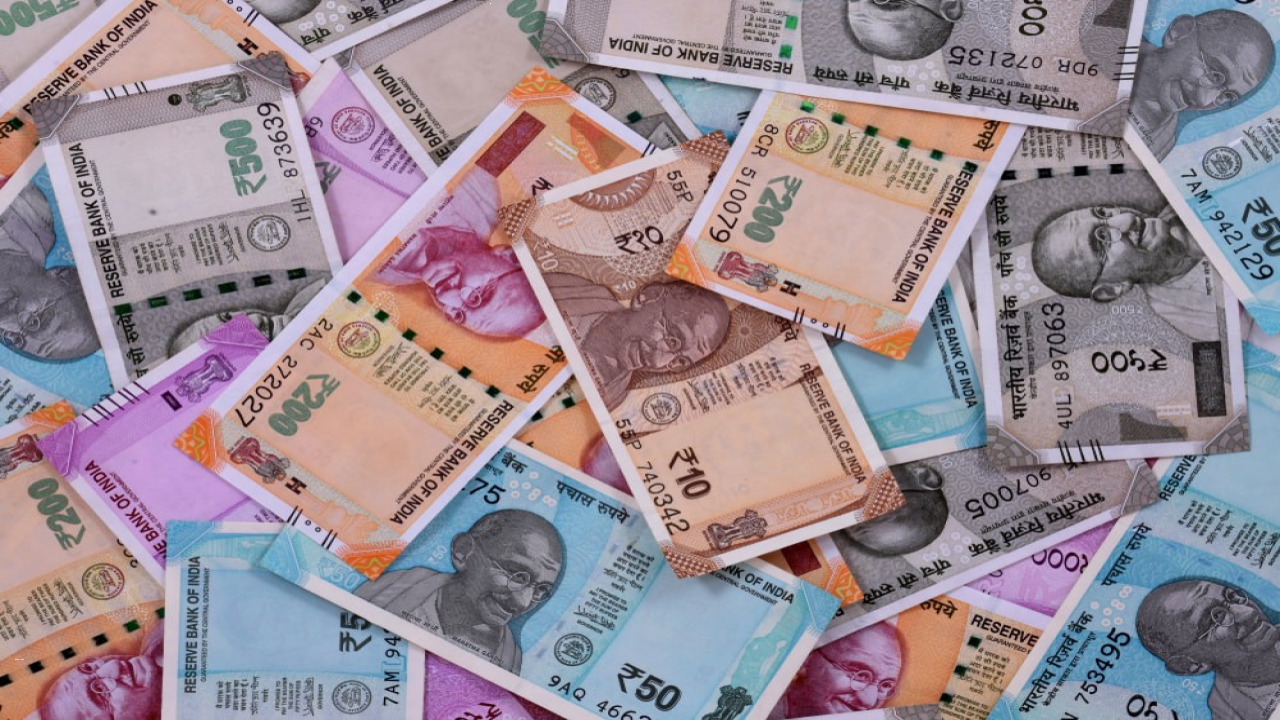Microcredit in India
Origin of Microcredit
The innovative idea of Microcredit originated with the Grameen Bank in Bangladesh. The Grameen Bank is a microfinance organization and community development bank started in Bangladesh that makes small loans known as microcredit. In 1976, Professor Muhammad Yunus launched a research project to examine the possibility of designing a credit delivery system to provide banking services targeted to the rural poor. In October 1983, the Grameen Bank Project was transformed into an independent bank by government legislation. The organization and its founder, Muhammad Yunus, were jointly awarded the Nobel Peace Prize in 2006 for their work in microfinance.
The success of microcredit has led many traditional banks to realize the importance of serving low-income borrowers. Microcredit has gained credibility in the mainstream finance industry, and many large finance organizations are now considering microcredit projects as a source of future growth. The United Nations declared 2005 as the International Year of Microcredit to recognize the impact of microfinance on poverty reduction.
Microcredit in India
Some Issues
Rates Applicable
Lending Norms
The Reserve Bank of India has given banks the freedom to create their own lending norms based on the realities of the situation. Banks are expected to develop suitable loan and savings products along with related terms and conditions, such as the loan size, unit cost, maturity period, grace period, margins, and more. This credit is not limited to production and consumption loans for various farm and non-farm activities, but also covers other credit needs of the poor, such as housing and shelter improvements.
Self-Help Group (SHG)
A Self-Help Group (SHG) is a group of micro entrepreneurs who belong to similar social and economic backgrounds and voluntarily come together to save small amounts regularly. They contribute to a common fund and use the money for emergency needs, providing mutual help to one another. The group members work together to ensure that credit is used appropriately and repaid on time, using collective wisdom and peer pressure. SHGs may be registered or unregistered.
Microfinancing through SHGs
SHGs provide economic strength to individuals who are economically disadvantaged by allowing them to work as part of a group. Financing through SHGs is beneficial for both lenders and borrowers because it reduces transaction costs. Lenders only have to manage a single account for the SHG, instead of managing many individual accounts. Borrowers in an SHG also save money by avoiding expenses such as travel to and from bank branches to complete paperwork and the loss of workdays to canvass for loans.
Role of NGOs in Microfinance and the SHG-Bank Linkage Programme
NGOs play a crucial role in microfinance by organizing Self-Help Groups (SHGs) of micro-entrepreneurs and linking them with banks for credit. The SHG-bank linkage programme was launched by NABARD in 1991-92 to facilitate banking with the poor. The RBI advised commercial banks to participate in this programme, and it has since been extended to RRBs and co-operative banks. The programme has brought approximately 7.87 million very poor families within the fold of formal banking services, with over 90% of the groups linked with banks comprising exclusive women groups. Cumulative disbursement of bank loans to these SHGs stood at Rs. 1026.34 crores as of March 31, 2002, with an average loan of Rs. 22,240 per SHG and Rs. 1,316 per family.
Models of Linkages
There are several models of linkage between SHGs and banks. Model I involves direct linkage to SHGs without the intervention/facilitation of any NGO, accounting for 16% of the total linkage. Model II involves direct linkage to SHGs with facilitation by NGOs and other formal agencies and accounts for 75% of the total linkage. Model III involves linkage through NGOs as facilitators and financing agencies, representing 09% of the total linkage. An Intermediate Model works on banking principles with a focus on both savings and credit activities and provides banking services to clients directly or through SHGs. A Wholesale Banking Model involves NGOs, MFIs, and SHG Federations as clients, providing both loans and capacity-building support. An Individual Banking-based Model has its clients as individuals or joint liability groups, and while programme management and client appraisal may be a challenge, it is best suited to lending to enterprises.
Foreign Investment in Microcredit and Micro Finance Development Fund
The Government of India included Micro Credit/Rural Credit in the list of permitted non-banking financial company activities for foreign investment to encourage foreign participation in microcredit projects. This covers credit facilities at a micro-level for providing finance to small producers and small micro-enterprises in rural and urban areas.
A Rs. 100 Crore Micro Finance Development Fund was created in NABARD to support various activities such as providing training and exposure to SHG members, partner NGOs, banks, and government agencies; providing start-up funds to microfinance institutions and meeting their initial operational deficits; meeting the cost of formation and nurturing of SHGs; designing new delivery mechanisms; and promoting research, action research, management information systems, and dissemination of best practices in microfinance. This fund is expected to address institutional and delivery issues like institutional growth and transformation, governance, accessing new sources of funding, building institutional capacity, and increasing volumes. RBI and NABARD contributed Rs. 40 crore each to this fund, and the balance Rs. 20 crore was contributed by 11 public sector banks.
2 Comments
Leave a Reply
You must be logged in to post a comment.



karanpreet singh
July 11, 2011 at 9:46 pmgood mrng sir , i just wnat to knw that the article that r here on ur site are the latest one , bcz i want it for descriptive paper so pls rply thankx.
rajiv
November 26, 2011 at 2:15 pmthnks sir plz put sme notes about politics n geography